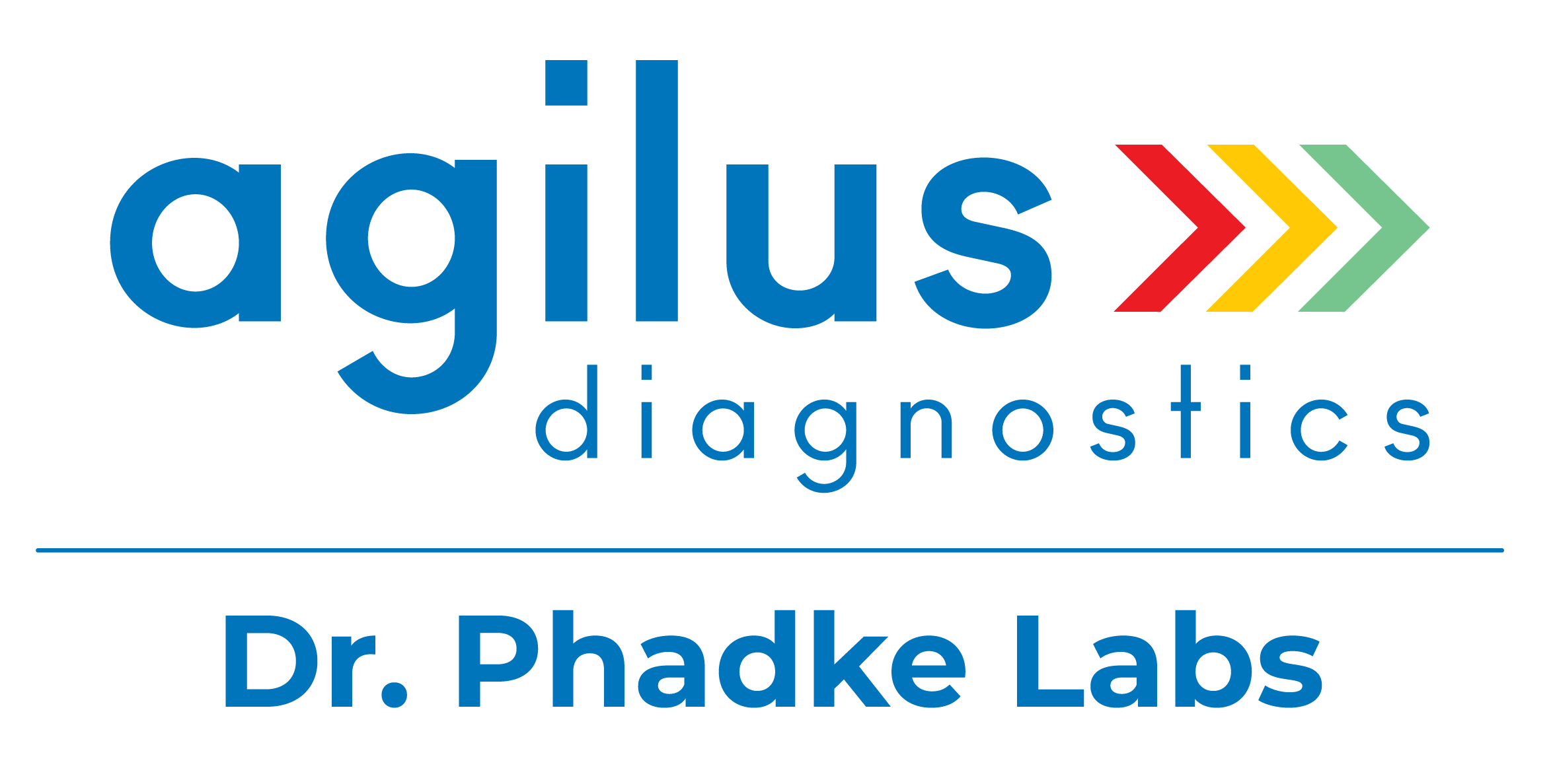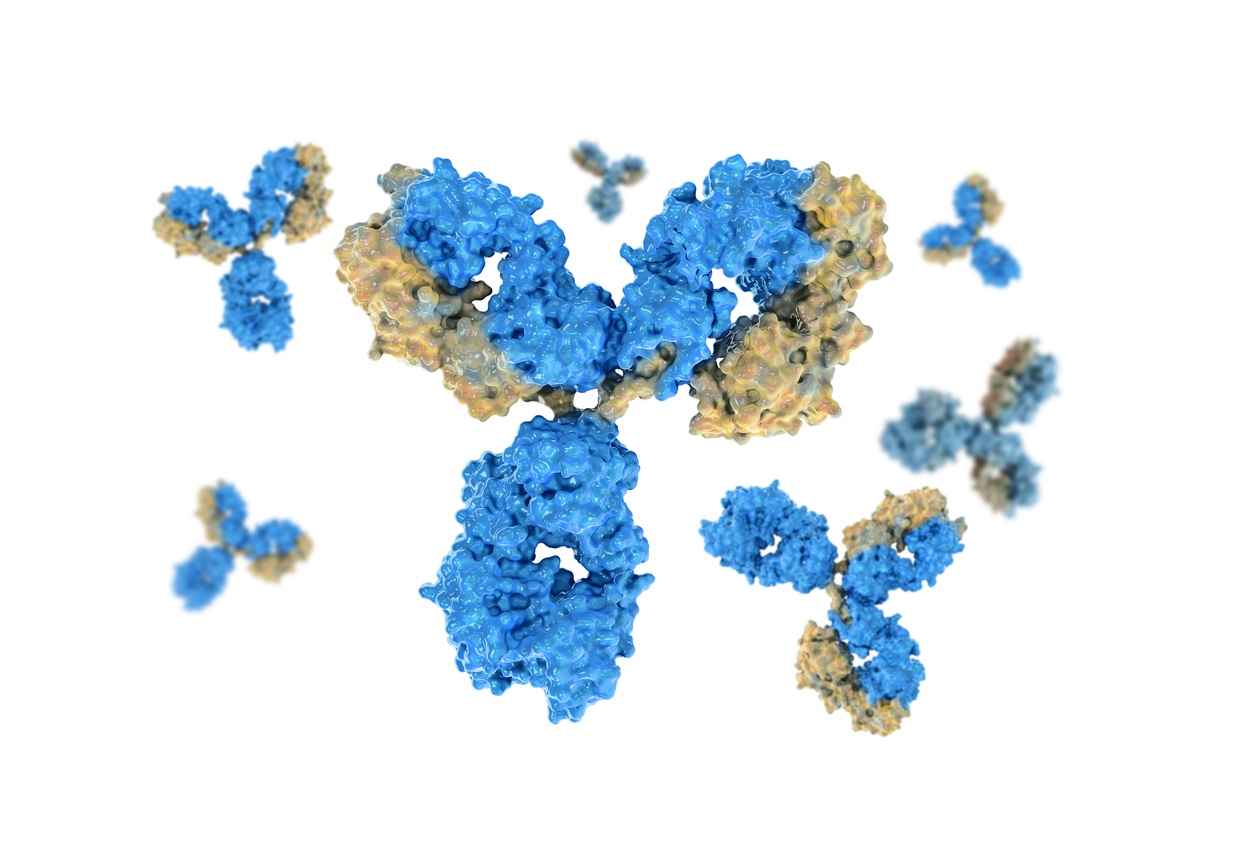In the last two blogs, we explained the utility and limitations of antibody testing. This form of testing has its benefits not only in the current scenario of COVID-19 pandemic but also will be crucial in assessing the future of pandemic. Antibody Testing has the potential to be an important public health tool for wide-scale evaluation of immunity against COVID-19. In this blog, we will explore the possible applications of antibody testing.
Many of COVID-19 cases have appeared to be asymptomatic, hence actual spread and scope of the pandemic is still undefined, leaving policy makers with little indication of the gravity and longevity of COVID-19 threat. Asymptomatic coronavirus cases carry the virus but do not show any symptoms and can spread infection in sporadic clusters. Last week, China’s National Health Commission (NHC) began to release data on asymptomatic cases. The NHC stated that a previous study showed that the viral load in samples from asymptomatic infected patients is not very different from the ones of confirmed cases. A recent study released by Singapore estimated the transmission rate by healthy-seeming individuals was considerable. It found around 10% of new infections could be caused by asymptomatic patients.
With random antibody sampling of the general public (known as a Serosurvey), public health departments could better estimate the true levels of exposure and resulting population immunity. A serologic test can help determine whether a person has been exposed to a particular microorganism. Serosurveys have been successfully used across the world to measure the proportion of a population that is immune and the proportion that remains susceptible to various communicable diseases such as Measles, Rubellla and HIV.
Hence, one of the most important use of antibody testing is to equip public policy makers with information on the number of asymptomatic cases that have occurred in a population. For COVID-19, this would be a game-changer, as true transmission and Case Fatality Rates could be calculated to forecast the intensity and longevity of the pandemic to direct decision-making.
This could cumulatively help in identifying potential geographical ‘hot-spots’ of low population immunity. With this information, health systems could better allocate resources to prevent or manage transmission. Once governments are able to start reducing transmission, and COVID-19 case numbers begin to fall, Point of Care tests will become increasingly crucial in identifying asymptomatic carriers and infected individuals to ensure they are isolated from the general population, in time.
Once the situation stabilizes, an easily available antibody test would give people, who were not able to get tested when they were sick, a chance to know if they actually had COVID-19. Across the world, Google Searches like “Did I have COVID-19 in January/February” have shot up, as people who suffered unexplained illness earlier this year, are now wondering and worried if it was COVID-19. Retrospective Screening can be done on a wide scale to assess the possibility of a second phase of pandemic. Antibody Testing can also verify that vaccines are working as intended during clinical trials. It can be useful for contact tracing weeks or longer after a suspected infection in an individual.

